Is the Yamaha NS-10 Still Relevant in Modern Music Production?
We discuss the legacy of these divisive white-coned speakers.
Since its introduction in 1978, the Yamaha NS-10 series of passive loudspeakers has had an unprecedented impact on the music industry, with over 300,000 units sold to date.
In this Article:
For a failed bookshelf speaker, becoming the global standard studio monitor was completely unintentional. Nevertheless, it was religiously adopted by top engineers like Bob Clearmountain, Andy Wallace, and Manny Marroquin.
Why do we love/hate the Yamaha NS-10?
When it was eventually discontinued in 2001, there were a total of six different models of NS-10 speakers, each offering a slightly different feature set to the original NS-10M.
Over this time, the NS-10 series polarized opinions continuously as it does today. In fact, the voices questioning its relevance have grown louder in recent years, and for good reason.
The way we consume music has completely changed since the NS-10 rose to fame, and the sonic hallmarks of pop music have shifted somewhat. Is there still room for the NS-10 in the landscape of modern music? Or is it more of a novelty?
Yamaha HS Series: The Bedroom Producer’s NS-10?
Back in 2006, the iconic white speaker cone returned in the form of the Yamaha HS Series. Although the aesthetic is reminiscent of the NS-10, the HS is a different kind of monitor in many ways. For starters, the passive NS-10 uses a sealed wooden enclosure, whereas the HS uses a more modern rear-ported bass reflex MDF enclosure and is self-powered.
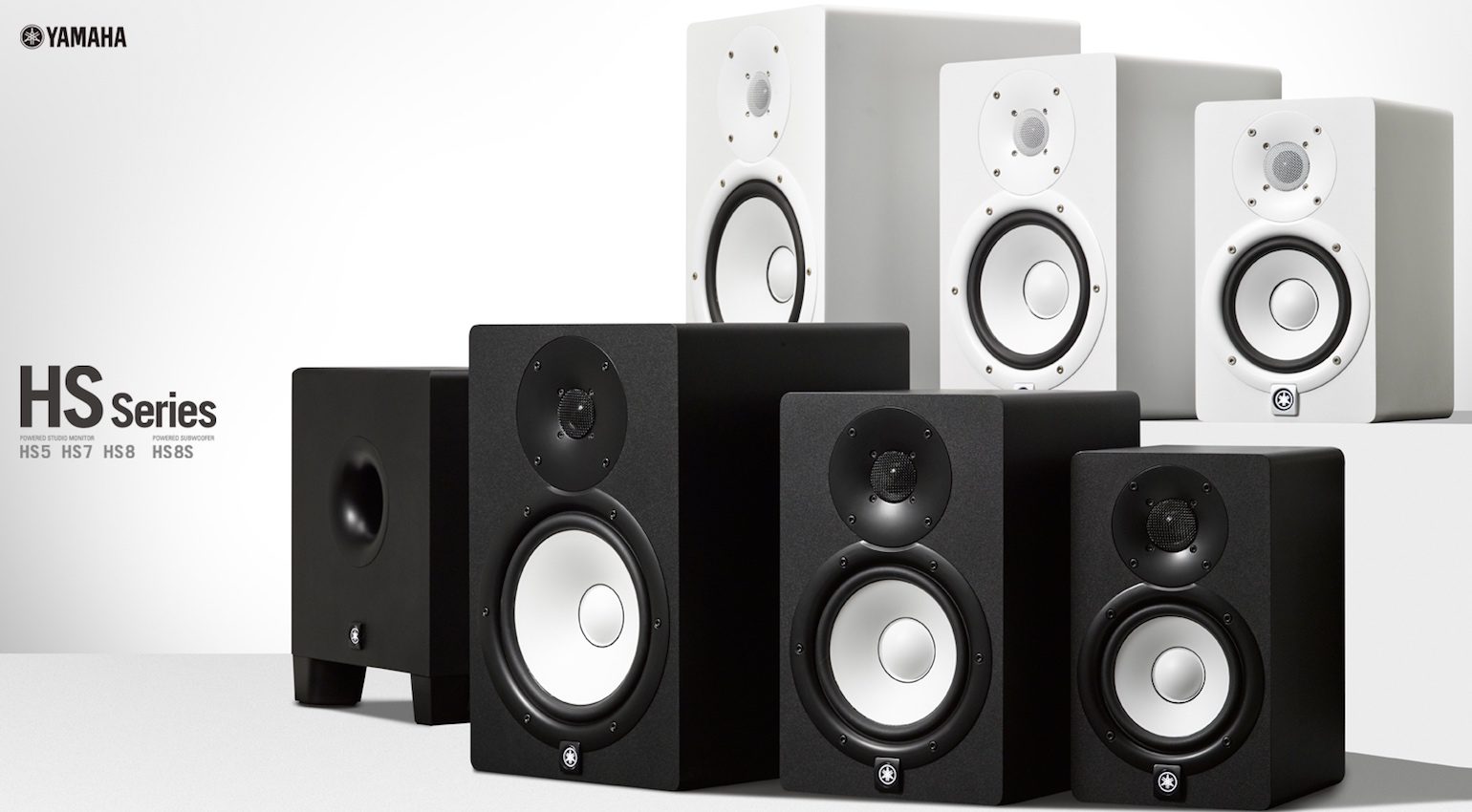
Also, one of the most unusual things about the NS-10 is its rather low crossover point at 2 kHz, enabled by the large 35 mm soft dome tweeter. As you’d expect, this resulted in a rather unique frequency response curve with a pronounced midrange peak just below 2 kHz, a dip at 15 kHz, and a low-frequency roll-off that began at 200 Hz.
In comparison, the HS doesn’t have the same midrange boost, with a slight peak around 700-800 Hz in the HS7, an 8 kHz dip in the highs, and no low-frequency roll-off. However, the HS has a 500 Hz Room Control attenuation switch and a 2 kHz High Trim control, so you can make some acoustic adjustments and even try and mimic the NS-10 midrange boost if you like. What’s more, you can extend the low range even further with the HS8S studio subwoofer. Get it at Thomann.*

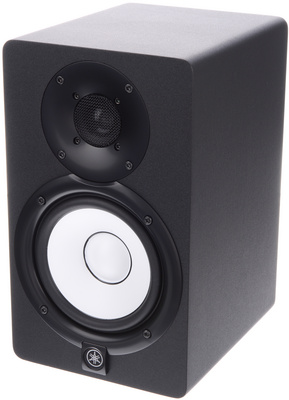

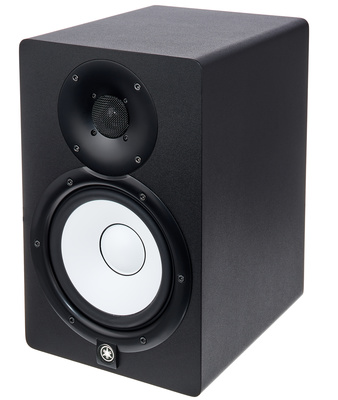



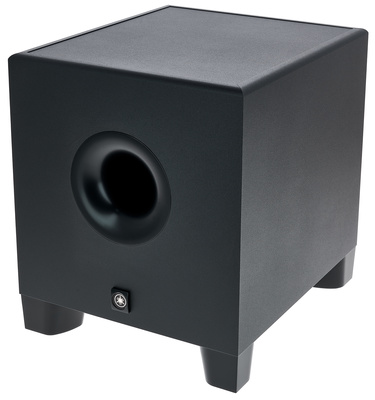
Avantone Pro CLA-10
In collaboration with renowned engineer Chris Lord-Alge, Avantone Pro has built a near-perfect recreation of the famous Yamaha NS-10M, and it’s available in active or passive options. Every detail and idiosyncrasy of the original NS-10 has been considered, including a feature that simulates the practice of placing tissue paper over the tweeters to dampen the high-frequency response.

The CLA-10 has been manufactured with an 18mm MDF enclosure with wood veneer that gives it an authentic look and feel. Meanwhile, the CLA-10 Active is powered by its internal 200W Class AB amplifier, and its rear panel provides inputs for balanced (XLR combo) and unbalanced (RCA) signals.
On the active model, the Variable Tissue Paper Control (VTPC) can be used to adjust the tweeter voicing between +3 dB and -20 dB. When turned full, the tweeter voicing gives you a similar profile to the passive monitor in a vertical configuration, while the “3 o’clock” setting matches that of a horizontal passive monitor. In addition, the CLA-10 passive TCP switch reduces the highs by 2 dB, and the recommended amplifier is also available from Avantone Pro (CLA-100, CLA-200, and CLA-400). Get it at Thomann.*

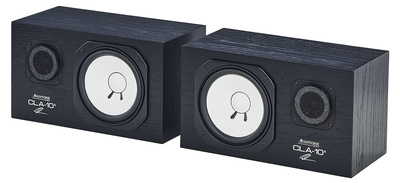



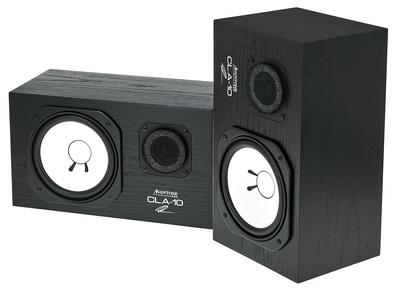

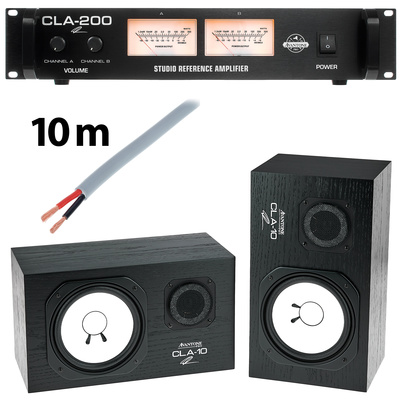
Get Spares for your NS-10s
When the NS-10 was discontinued, the white paper woofers and tweeters became rare commodities, which drove the price up if you could find them on the second-hand market. However, in building the CLA-10, Avantone Pro also created a production line for the woofers and tweeters that can be retro-fitted as replacements for your old NS-10Ms.
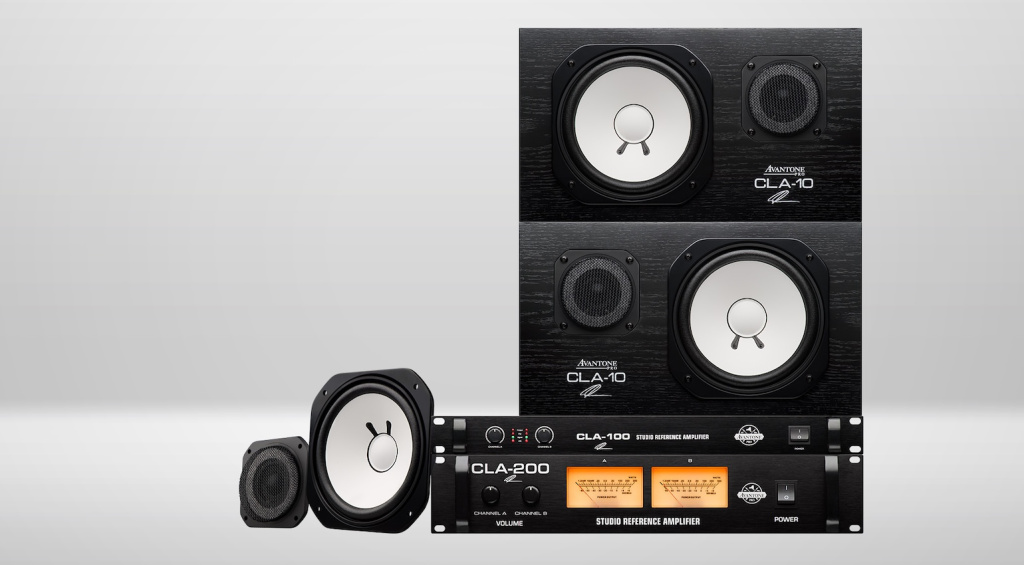
This is fabulous news for NS-10 users who didn’t secretly stockpile spares before the price hike, as you can now carry on using your beloved white-coned monitors forever. The replacement parts are easy to install, they are relatively affordable, and most importantly, they sound exactly like the real thing.
Within the AV10 range, you’ll find the AV10 MLF 180 mm woofer, the AV10 MHF 35 mm tweeter, and the AV10 MXO crossover, as well as the unique AV10 MHF aged tweeter for a more vintage sound. All parts are fully compatible with both the active and passive CLA-10 models and the NS-10M. Get it at Thomann.*

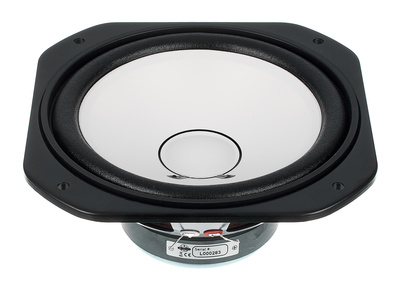

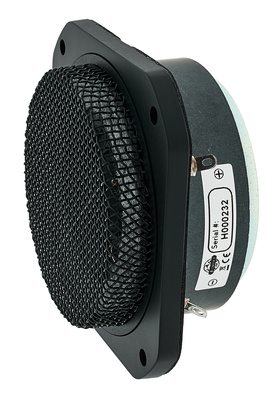

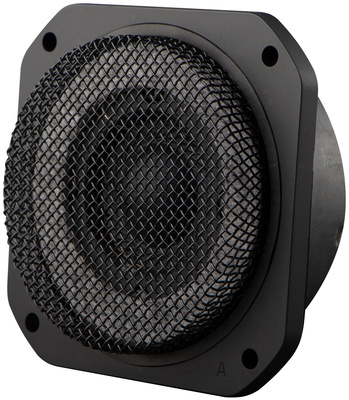
An NS-10 Alternative: Coaxial Cube Monitors
Coaxial cube monitors became famous through the iconic production duo of Bruce Swedien and Quincy Jones, and Jones even invested in the Auratone company during the 1970s. He regarded the 5C monitors as truth-telling speakers due to the fact that they added no hype or colour to the sound and translated well from the studio onto any playback medium.
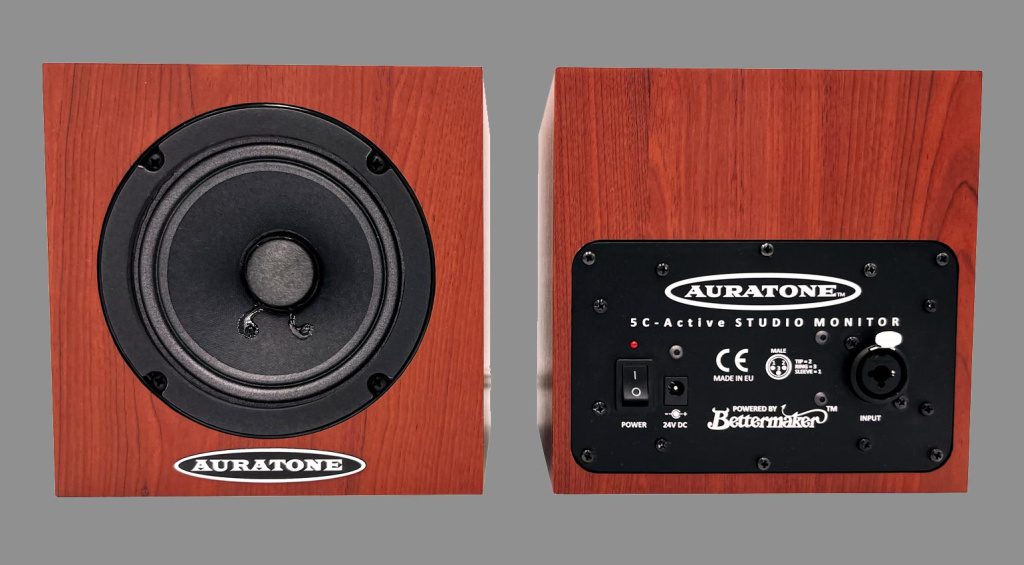
The 5C Super Sound Cube was, in fact, a project of engineer and Auratone founder Jack Wilson, who started the company in his garage in the late 1950s. The design consists of a 4.5-inch full-range speaker housed in a roughly 6.5-inch unported cube enclosure, and it delivered a picture of your mix that was particularly revealing in the midrange.
These monitors are still used in many studios today, particularly in mono configurations, which is useful for checking mixes. You can find both active and passive versions of the Auratone 5C, as well as the Avantone Pro MixCubes. Although these aren’t particularly inspiring speakers to work on, they still yield great results, even today.

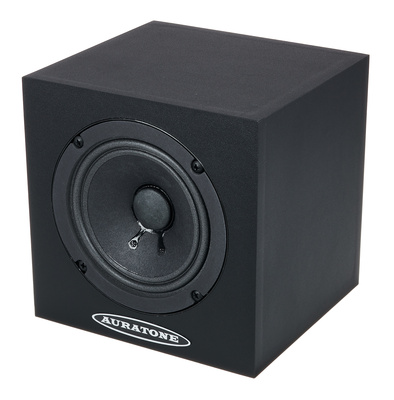

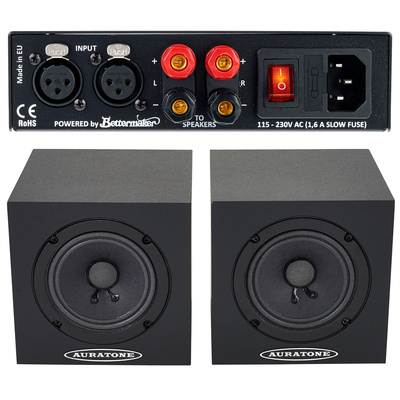

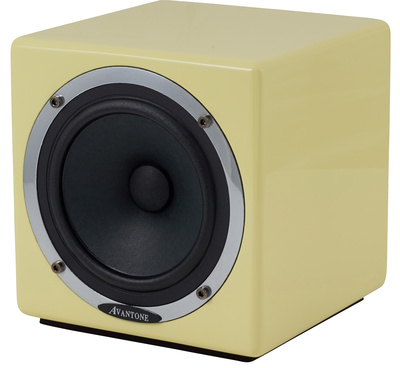

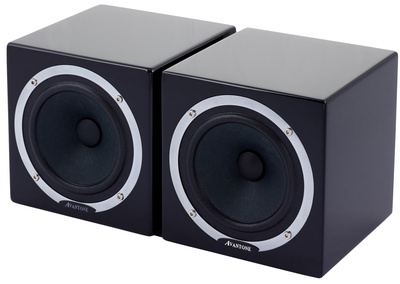
Are you an advocate of the NS-10s? Please let us know, and list your favourite alternatives in the comments.
More about NS-10 Studio Monitors:
- NS-10M.com
- All about studio monitors
- More from Yamaha
- Everything vintage
NS-10 Videos:
*Note: This article contains promotional links that help us fund our site. Don’t worry: the price for you always stays the same! If you buy something through these links, we will receive a small commission. Thank you for your support!
8 responses to “Is the Yamaha NS-10 Still Relevant in Modern Music Production?”
 2,7 / 5,0 |
2,7 / 5,0 | 




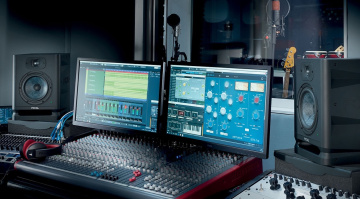
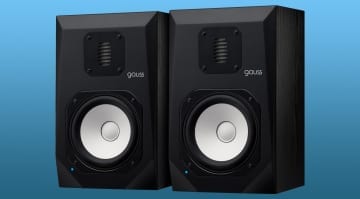
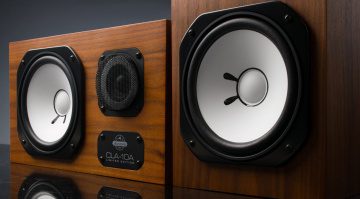
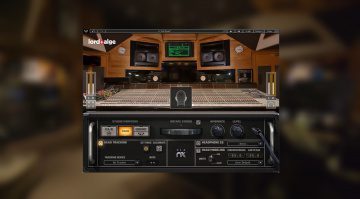
I have a pair of HS-5’s sitting on top of my pair of NS-10’s and I use both pairs regularly. The HS-5’s are a bit Boomy compared to the NS-10’s, but that can be useful for more sub driven music monitoring. These are my ‘ears’, I couldn’t think about using anything else. Keep up the great work!
Sold them in the early 80’s. Not much call for them in home hifi as many “true monitors” sounded a bit thin and clinical. Near field listening is a different thing. Seen in studio photos, I assume that was a spark of interest.
NS-10M? Very good monitors, but not the best for dance music production, as you can imagine. Still relevant in combination with some modern speakers.
NS10 were great back in the days.. they reflected what you would hear out of your average speaker back then..
now with even budget speakers and earbuds bringing you hifi sound, they just don’t make as much sense anymore.. time to sell them off to collectors and make room for something better..
The NS-10s are classic of a “classic rock” era and got a clean mix of the highs and mid range, especially with electric guitars and voices that need special attention to this range group. Music has changed, but all remix and mastering engineers, and modern composers and producers need monitors that can focus on this crucial high/mid range mix for crossover reasons and tight mixes where the mix can go brown, like too much colors in water painting. The HS-5 are the choice in the high/mid mix range (30KHz))and provide a nice mix and Mackie XR-824 with a nice kevlar 8″ bass response and the roll off switches and help in the monitoring of the overall mix. Of course, a SPL meter will be invaluable in combination of both monitors, if need be. I find that composing and producing with the HR-5 are a must in long sessions to reduce fatigue, as well.
You forgot about the Yamaha MSP7. Which is a modern version of the NS10. I believe on of the designers of the NS10s worked on the MSP series before retiring.
I don’t think these are the best monitors, but if someone says they can’t mix with them, I think their perspective on listening to music is already misaligned with many professional engineers who have used or still use them.
NS-10s are no longer relevant; I discovered this and sold mine back in the 1990s. There are so many superior options available today that will facilitate much better mixes.
Dr. Floyd Toole’s analysis in ‘Sound Reproduction’ confirmed my assessment; this book is required reading for any sound engineer looking for monitors or anyone with a passing interest in audio and acoustics in general.
You are currently viewing a placeholder content from Facebook. To access the actual content, click the button below. Please note that doing so will share data with third-party providers.
More InformationYou are currently viewing a placeholder content from Instagram. To access the actual content, click the button below. Please note that doing so will share data with third-party providers.
More InformationYou are currently viewing a placeholder content from X. To access the actual content, click the button below. Please note that doing so will share data with third-party providers.
More Information